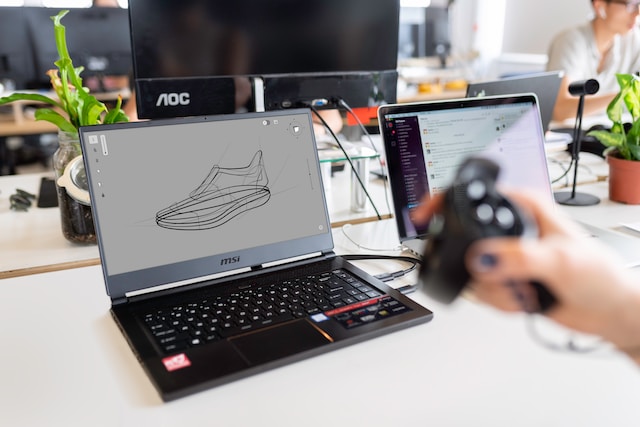Introduction
In the ever-evolving landscape of global commerce, staying ahead is not just an advantage; it’s a necessity. Augmented Reality (AR) has emerged as a powerful tool, transforming the way businesses engage customers, especially in cross-border sales. This step-by-step guide is your ticket to navigating the complex realm of implementing AR strategies effectively. Buckle up as we embark on this transformative journey.
Understanding Augmented Reality: A Brief Overview
Augmented Reality, often abbreviated as AR, integrates digital information with the real world in real time. By enhancing sensory experiences through visuals, sounds, and even touch, AR blurs the lines between the physical and digital realms. In the context of cross-border sales, this technology can be a game-changer.
Advantages of Implementing AR in Cross-Border Sales
AR technology offers an array of advantages in cross-border sales strategies. From enhancing customer engagement to reducing product return rates, the benefits are profound. By implementing AR, businesses can provide virtual product demonstrations, enabling customers to experience products as if they were physically present.

Getting Started: Building Your AR Team
Embarking on your AR journey requires assembling a dedicated team of professionals well-versed in augmented reality technology. From AR developers to 3D designers, each role is crucial. Collaborating with experts ensures that your implementation is seamless and tailored to your business needs.
Step-by-Step Guide to Implement Augmented Reality in Cross-Border Sales
1. Market Research and Analysis
AR implementation starts with understanding your target market. Analyze consumer behavior, preferences, and demographics. Identify market gaps where AR can create meaningful engagement. In B2B for example that can be during the prototyping phase and even during the samples shipping phase, to shorten travel duration and reduce potential costs.
2. Define Clear Objectives
Set specific, measurable, and achievable goals. Determine what you want to achieve with AR technology. Whether it’s boosting sales, reducing back and forth, or enhancing brand loyalty, clarity in objectives is key.
3. Choose the Right AR Platform
Selecting the appropriate AR platform is pivotal. Consider factors like compatibility, ease of use, and integration capabilities with your existing systems. Popular platforms like ARKit and ARCore offer robust solutions. Bare in mind that these platforms are not accessible for non-technical profiles, if you are not comfortable with the technology it is better to look at more accessible solutions such as SaaS that don’t require technical knowledge.

4. Develop Engaging AR Content
Invest in high-quality AR content that showcases your products effectively. Whether it’s 3D product models or interactive virtual tours, captivating content enhances the user experience, leading to increased sales.
5. User Experience Testing
Prioritize user experience testing. Gather feedback from real users to identify any glitches or areas of improvement. A seamless, user-friendly AR experience is integral to its success.
Frequently Asked Questions (FAQs)
How does AR technology enhance cross-border sales?
AR technology bridges the gap between online sales and physical store experiences. It allows customers to virtually interact with products, leading to informed purchase decisions and increased cross-border sales.
Is AR implementation expensive?
The cost of AR implementation varies based on complexity and scope. However, the long-term benefits, including increased sales and customer engagement, often outweigh the initial investment. On the other hand, affordable solutions exist on the market in the form of SaaS products that will let you scale your AR needs according to your current situation and needs.
What types of products benefit the most from AR implementation?
AR is versatile and can enhance various products, especially those that require visualization before purchase. Retail products in general are well-suited for AR, this includes furniture, clothing, accessories, and home decor items for example.

Is technical expertise required to maintain AR features?
While technical expertise is beneficial, many AR platforms offer user-friendly interfaces. Additionally, outsourcing maintenance to AR experts ensures optimal performance without requiring in-house technical skills.
Can AR technology reduce product return rates?
Yes, AR technology allows customers to visualize products accurately before purchasing, reducing the likelihood of dissatisfaction upon delivery. Consequently, this can lead to a decrease in product return rates.
Conclusion
Embracing augmented reality in your cross-border sales strategy is not just a choice; it’s a strategic necessity. By following this step-by-step guide, you’re equipped with the knowledge to seamlessly integrate AR technology into your business operations. Stay ahead of the curve, engage your customers, and elevate your cross-border sales to unprecedented heights with augmented reality. Implement these strategies today and witness the transformation firsthand.




